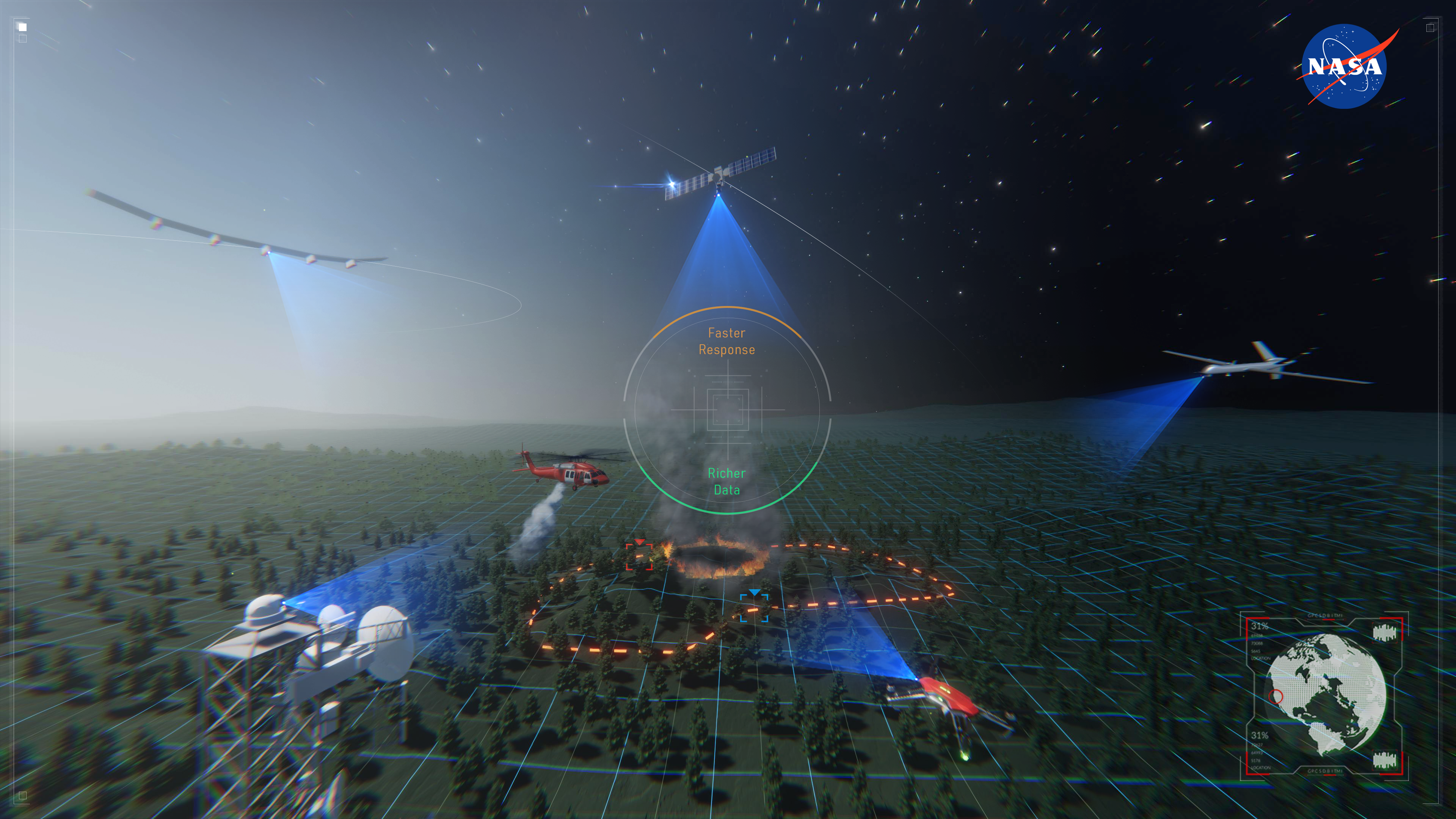The U.S. Forest Service has reported a concerning increase in the frequency and scale of wildland fires. In response, NASA and the Federal Aviation Administration (FAA) have established a research transition team focused on developing technology for wildland fire management. This initiative aims to enhance airspace integration for effective prevention, monitoring, and combat of these fires.
Led by NASA and the FAA, the Wildland Fire Airspace Operations research transition team will create and test new technologies that enable remote monitoring and suppression of fires during nighttime or low visibility conditions. Drones have the potential to overcome limitations in aerial firefighting operations by providing real-time data and enabling precise targeting of firefighting efforts.
NASA’s Advanced Capabilities for Emergency Response Operations (ACERO) project, in collaboration with the FAA, will focus on developing new airspace access and traffic management concepts and technologies over the next four years. These advancements will not only support current wildland fire operations but also contribute to the development of a future concept of operations for wildland fire management.
The team will conduct tests and validations of uncrewed aircraft technologies for potential use by commercial industries and government agencies. This effort will pave the way for the integration of these technologies into future wildland fire operations. ACERO is being led by NASA’s Ames Research Center in Silicon Valley under the Aeronautics Research Mission Directorate, signifying NASA’s commitment to advancing emergency response capabilities.
In conclusion, this initiative is a vital step towards addressing the challenges faced by aerial firefighters in managing increasingly frequent and large-scale wildland fires. The development of new technologies that enhance airspace integration will provide emergency responders with more effective tools to prevent, monitor, and combat these fires while ensuring safe operations within congested airspace environments.


